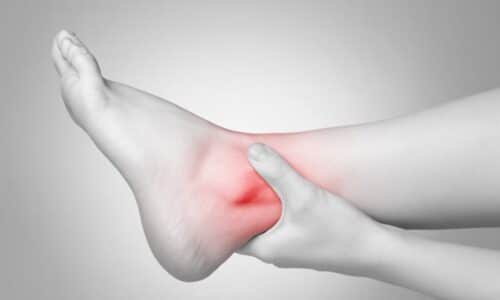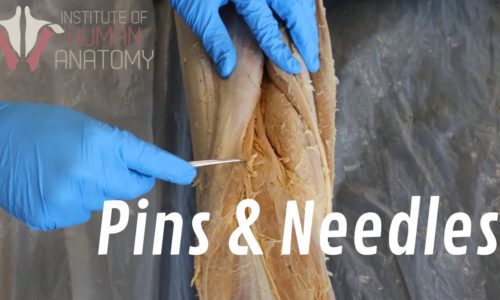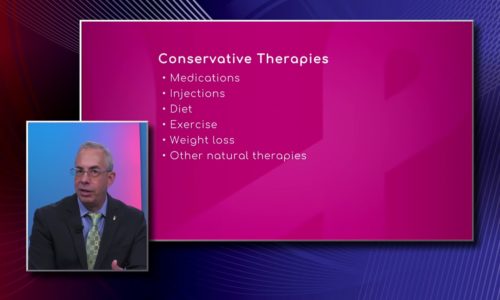Function of the Thoracic Spine |
The thoracic spine is a conduit that maintains stability. There is some flexibility, there is some motion, but it’s also a source of some significant morbidity, affirms Dr. Georgiy Brusovanik, Spine Surgeon with Baptist Health South Florida.
The specialist also says the thoracic spine has great stability and it will not result in further deformity.
Transcript
What is the purpose of the thoracic spine and I guess is it t 1 to t 12 is the thoracic spine what is its real purpose you got it look it’s a conduit that maintains stability there is some flexibility there is some motion but in in terms of what I see the thoracic spine is a source of some significant morbidity for example compression fractures which we see in the elderly and we’ll discuss further compression fractures frequently occur in the thoracic spine and then cost terrific middle back pain the aorta the our T is the biggest blood vessels in the body and it’s sitting right in front of the spine that can produce pain in the mid-back and we’ll refer to that as well okay so now we did a little what we call spine 101 if we have still we have an unbearable pain and our thoracic spine that’s that mid-back that dr. kosha was just pointing out this could be a problem from this poor posture or pulled muscle is that right is that what we’re looking at doctor it could be but that’s another rare one the reality is that because there isn’t that much flexibility to the thoracic spine your posture may come from the thoracic kyphosis but for example that age-old concern that the kid is slouching and will develop deformity is not true the thoracic spine has great stability and whether you slouch you sit forwards or you were a backpack on one side we actually have great studies that attest to this that will not result in further deformity there’s a lot of misinformation that comes to the mid-back you








